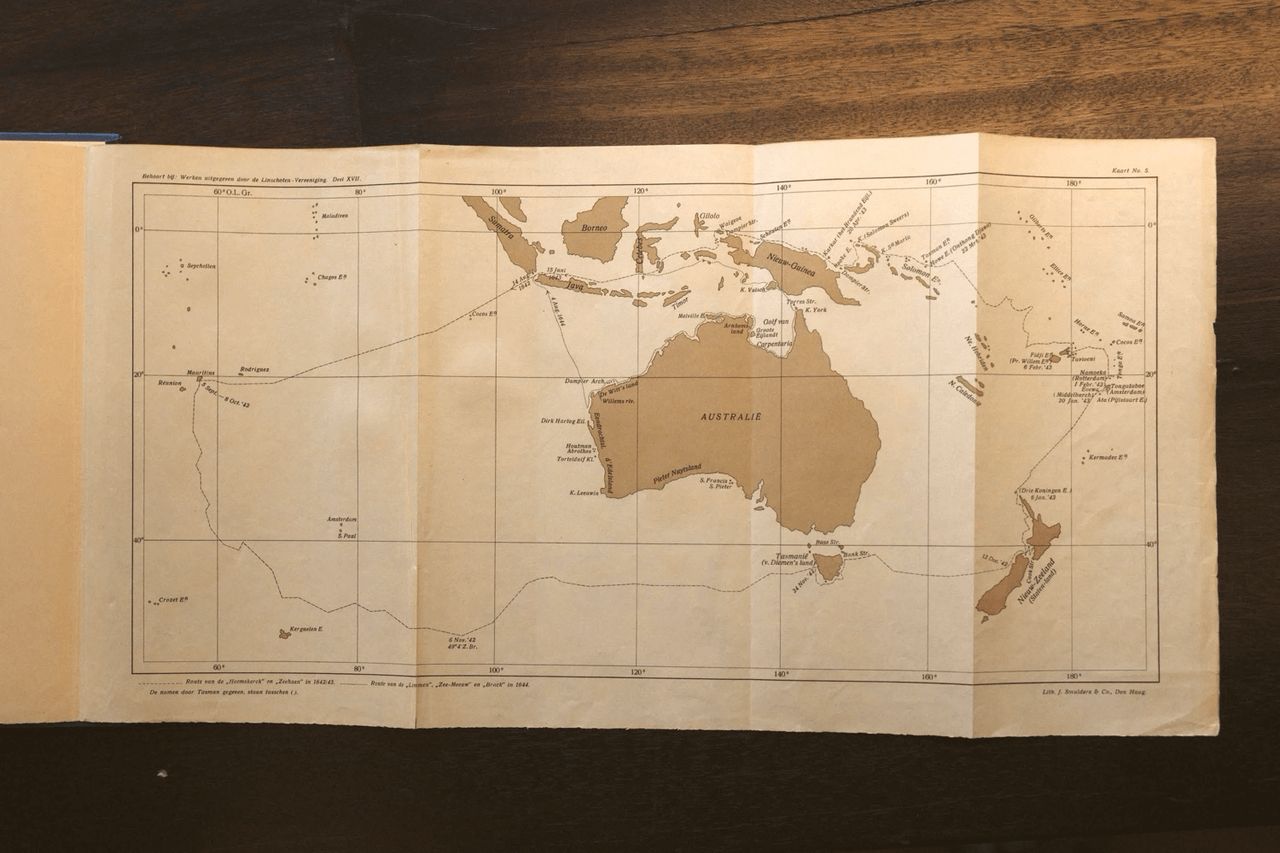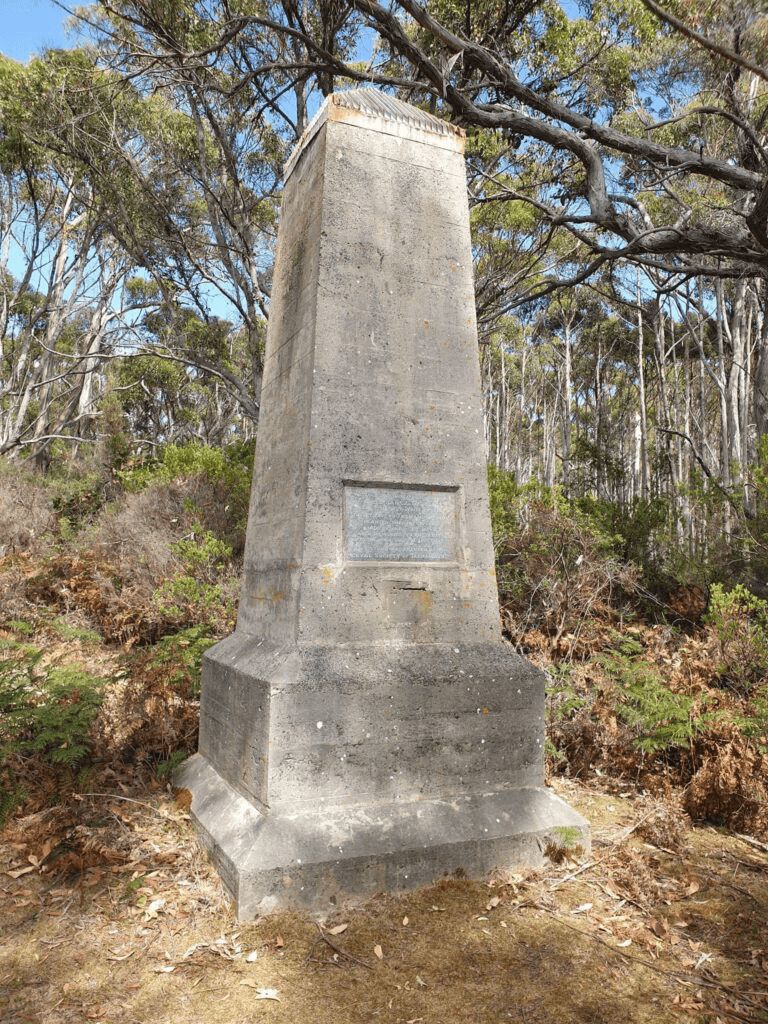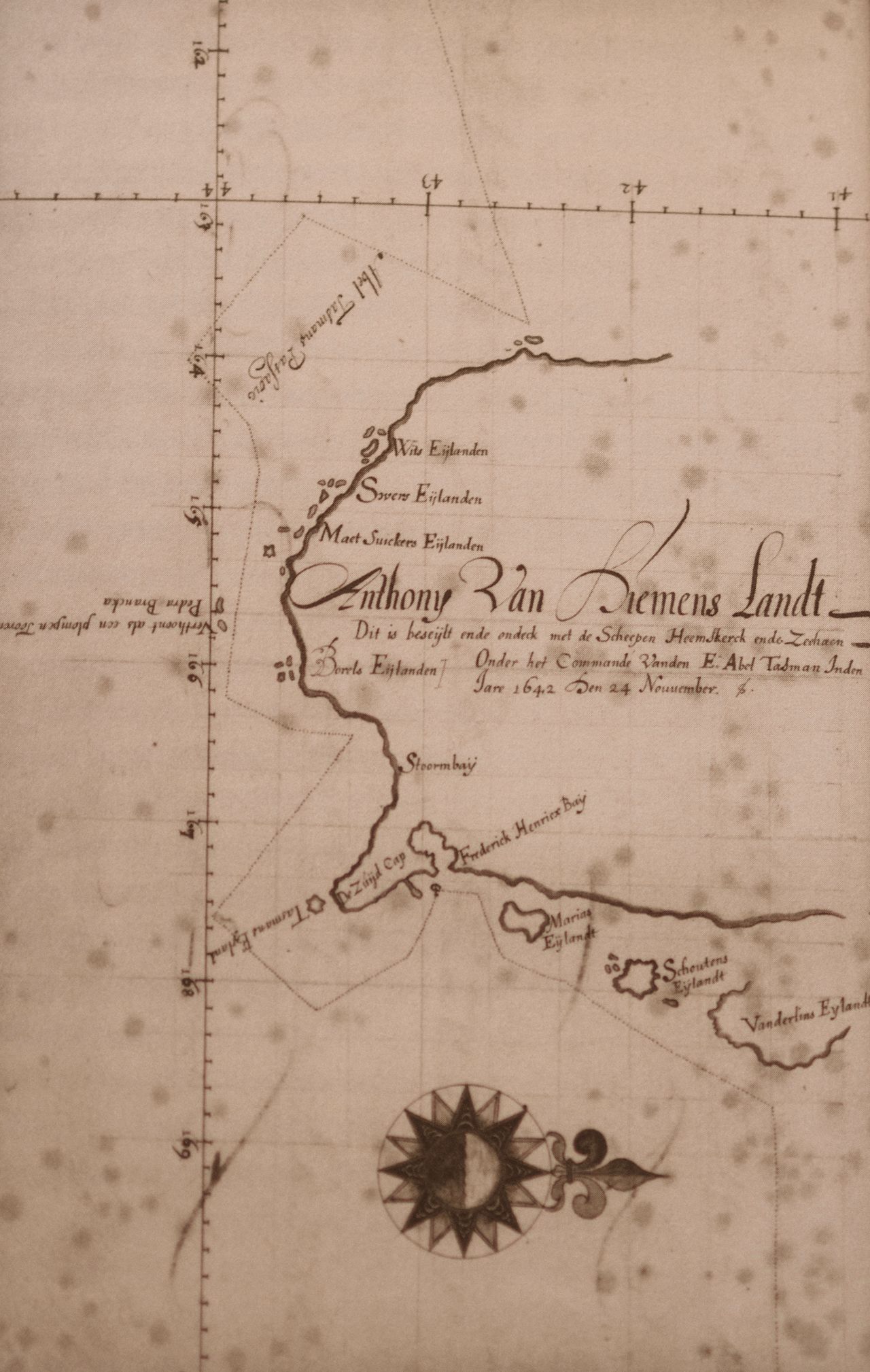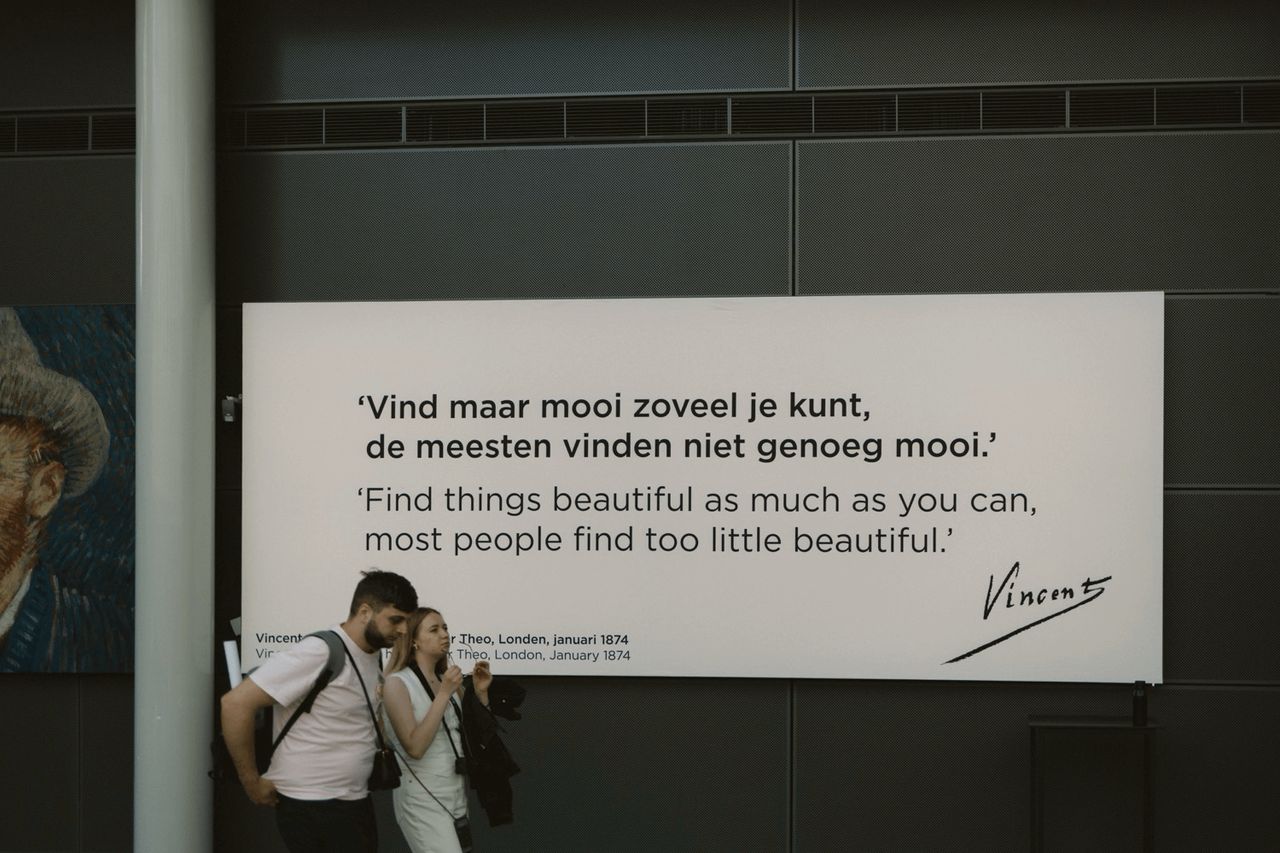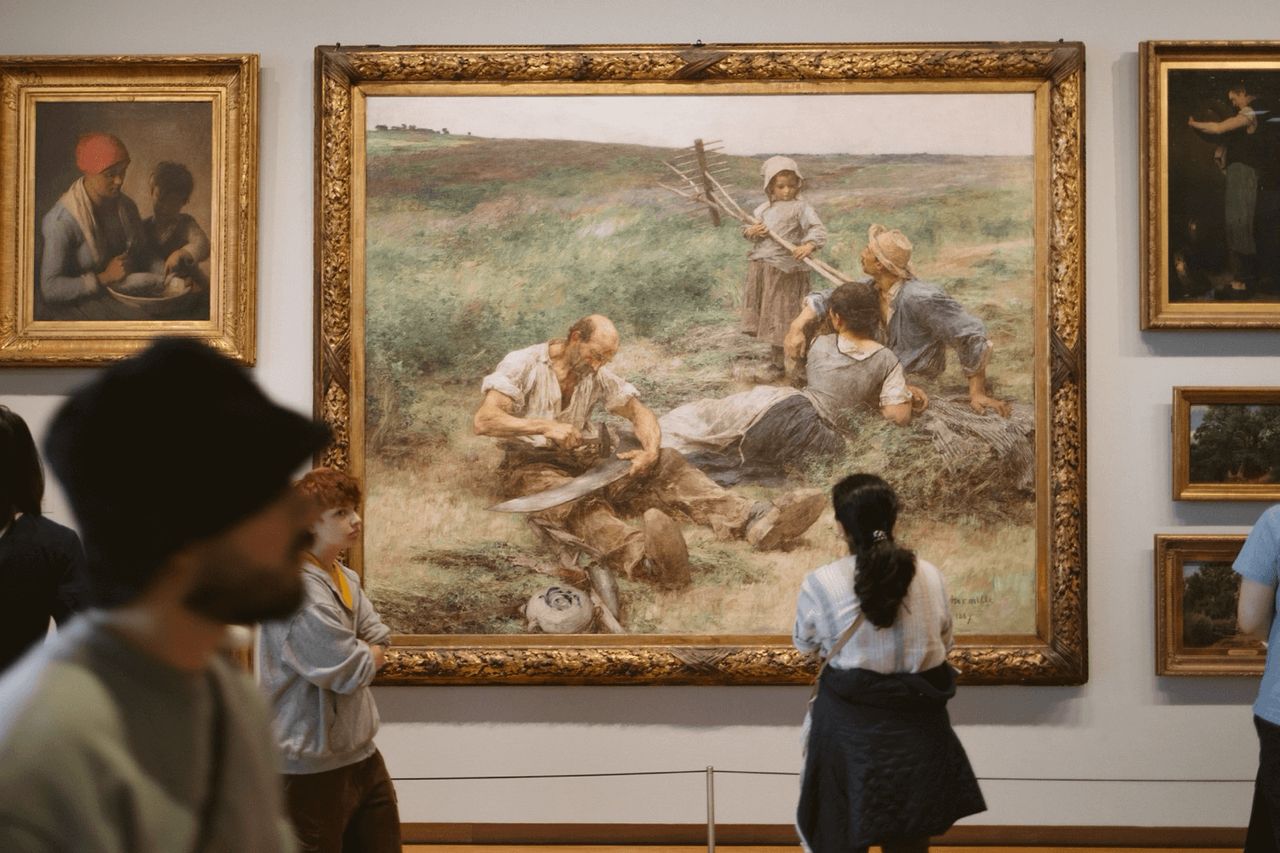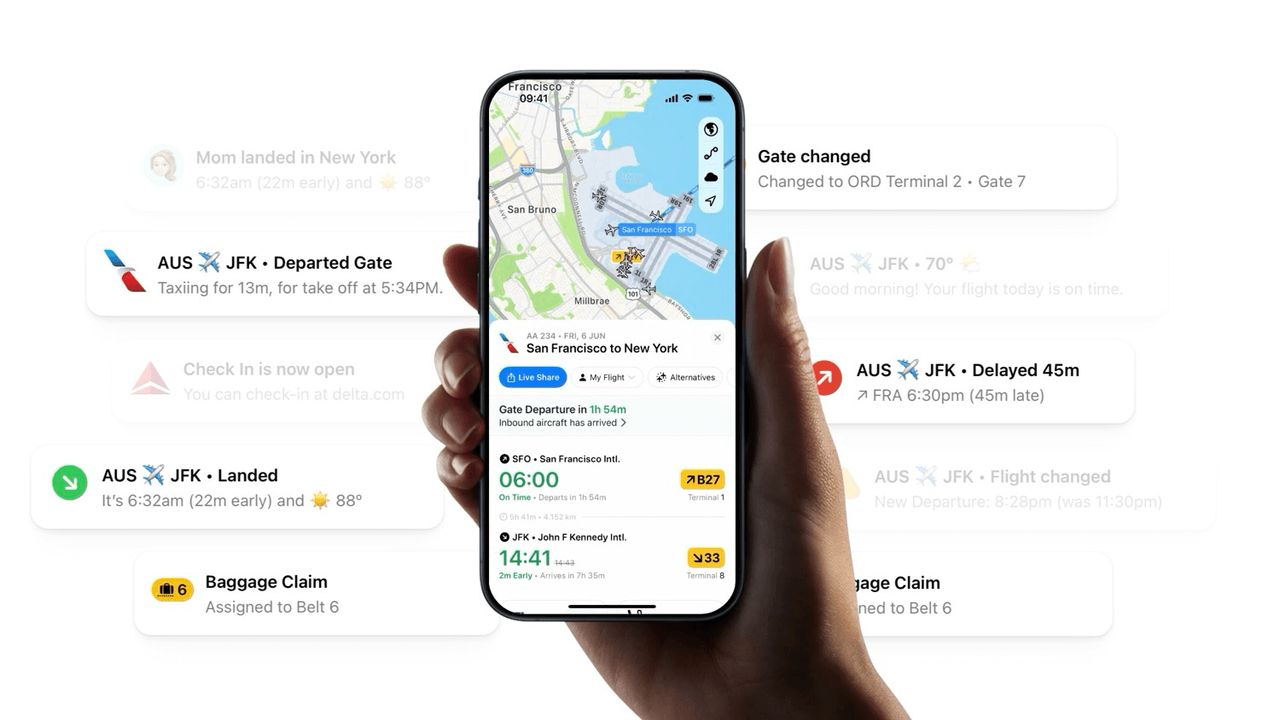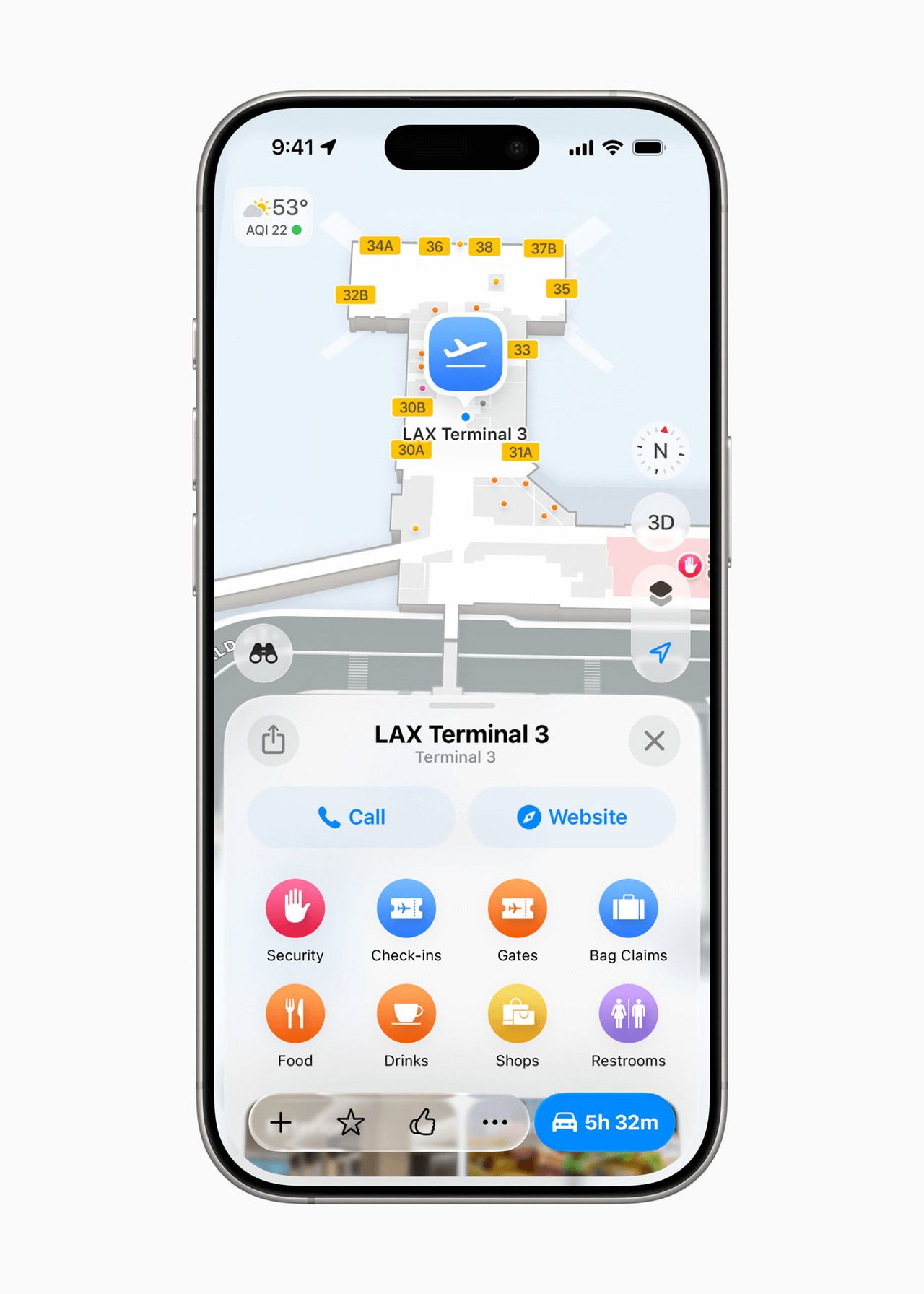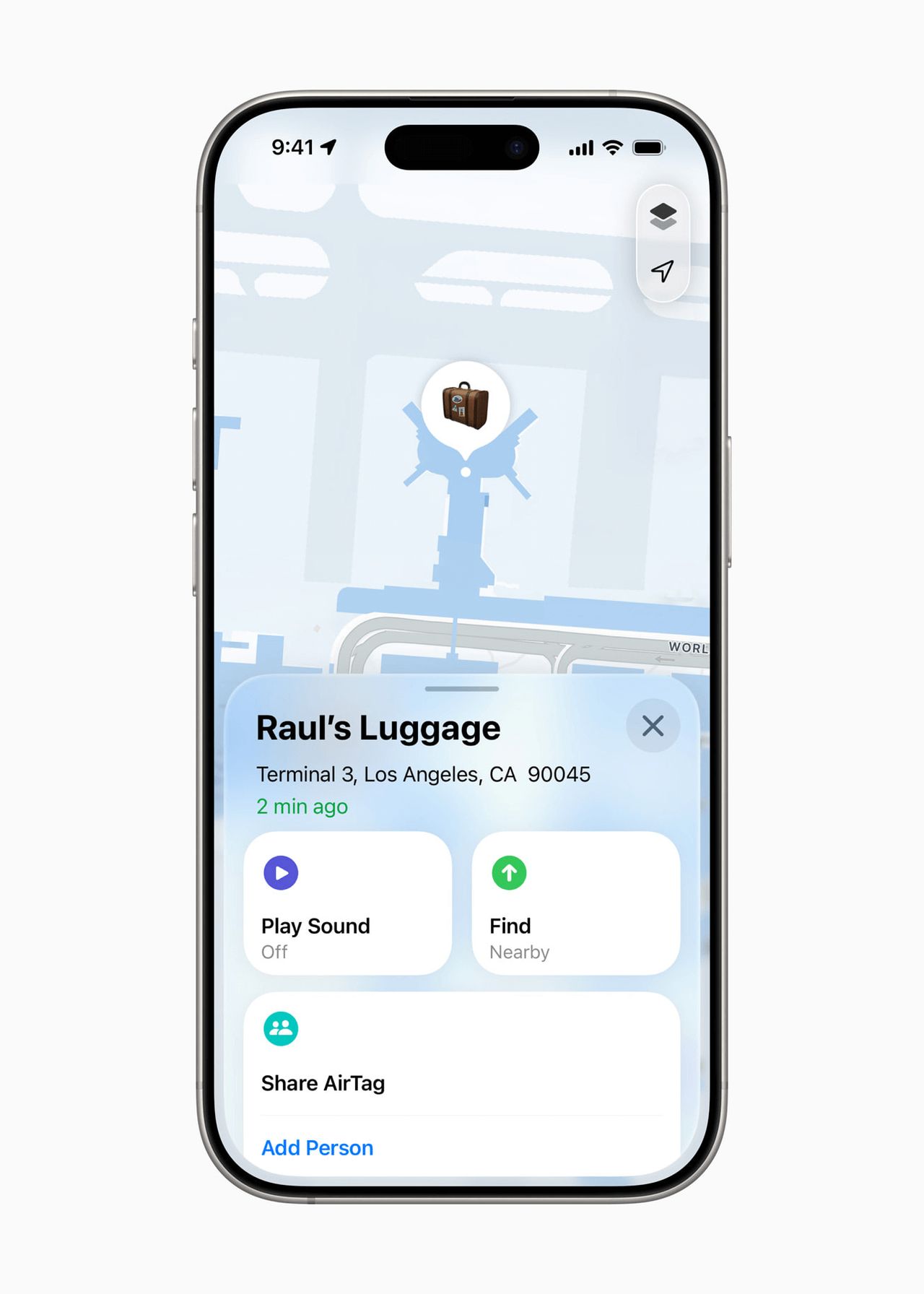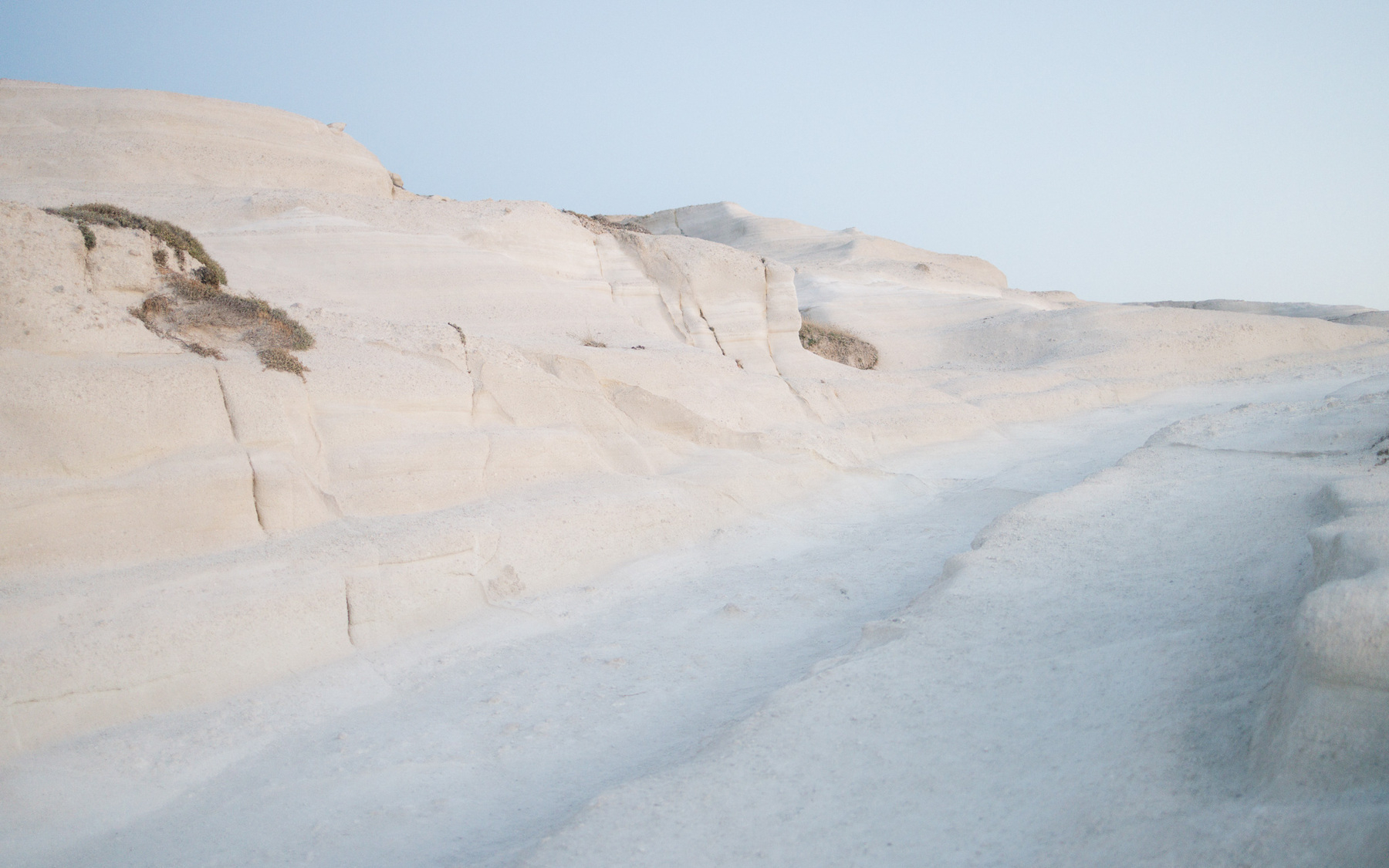Miss you, Twitter
I’ve never publicly admitted it but the main reason I was sad about leaving Twitter is because Yoko Ono, President Nixon, and a guy who knew Chris Hemsworth followed me.
I was the very definition of a D-Grade Twitter celebrity.
Miss you, Twitter circa-before-that-guy-bought-you.
Global G’day effectiveness rating
List of countries where I feel like I have delivered an enthusiastic “G’Day!” and it’s been diplomatically & positively effective plus brought joy upon recipients.
Listed from most effective to least effective.
- USA
- UK
- Canada
- Mexico
- Fiji
- Western Australia
- Iceland
- Indonesia
- Germany
- Croatia
- Japan
- Finland
- China
- UAE
- Greece
- Italy
- Qatar
- France
- Austria
- Singapore
- Denmark
- Liechtenstein
- Switzerland
- Netherlands
Abel Tasman's Voyage to Tasmania Journal in 1642
Self-proclaimed “not a professional historian” Peter Timms begins his 2009 book, In Search of Hobart with the most captivating line:
‘Too far south for spices," Abel Tasman wrote dismissively in 1642 on sighting the island now bearing his name, “and too close to the rim of the earth to be inhabited by anything but freaks and monsters.” Wrong on both counts, as it happened, he sailed on rather grandly into the Pacific looking for somewhere more worth discovering. No other European bothered to put in an appearance for almost a century and a half.
“Too far south for spices, and too close to the rim of the earth to be inhabited by anything but freaks and monsters” is a powerful line.
So while in Amsterdam I went searching for the journal so I could read the line in context because in all my research I couldn’t find it online.
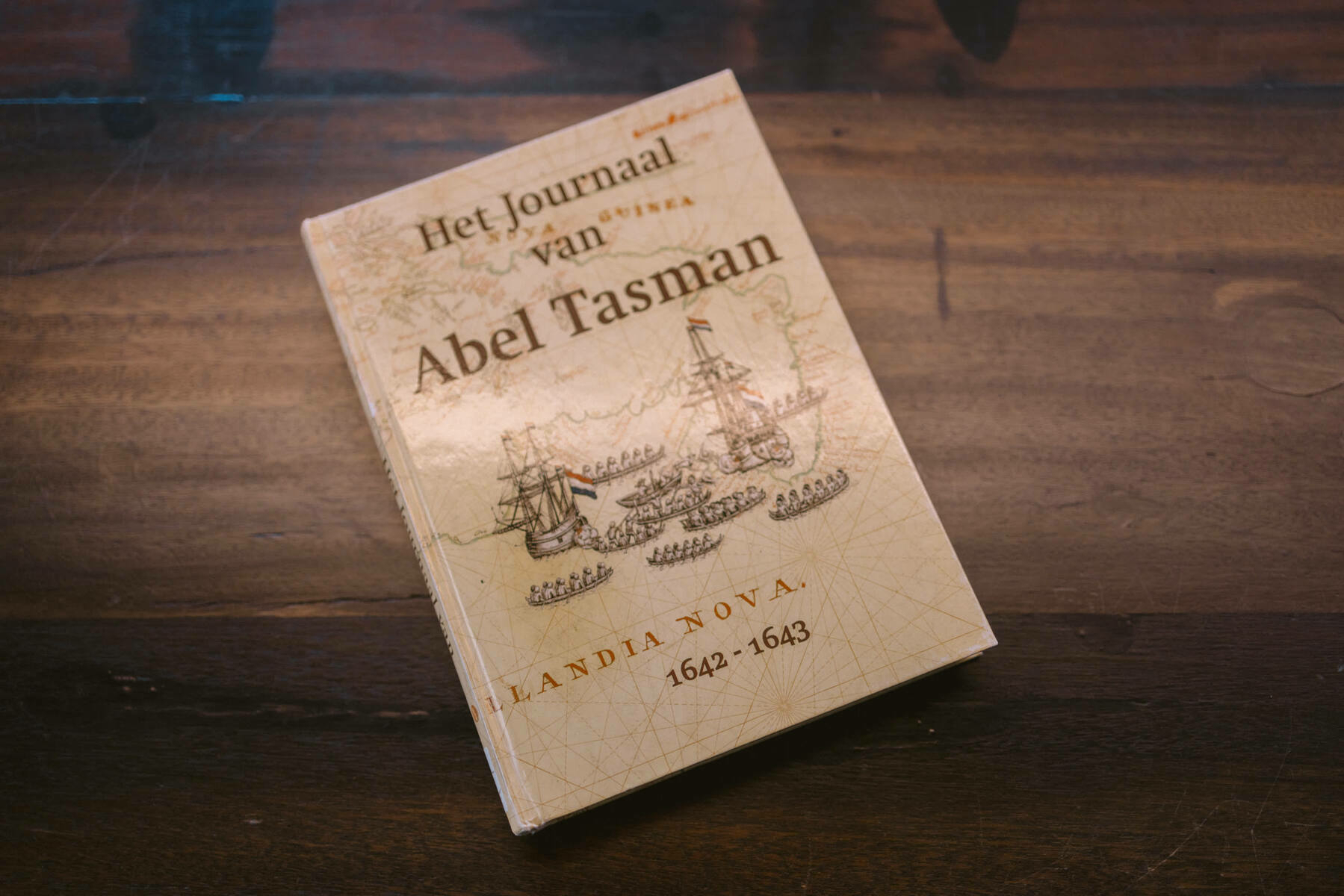
Translation of the Journal of Abel Tasman, 23 November 1642 to 5 December 1642
Bold emphasis mine. Journal’s ISBN is 9040082057.
23 November
Good weather and the wind southwest with a continuous breeze. In the morning we noticed that our rudder was broken above in the hole of the rudder post. We held close to the wind with small sail and fastened a beam on both sides.
At midday we found the altitude of 42 degrees 50 minutes and longitude 160 degrees 51 minutes, course maintained east and sailed 25 miles. We had here one degree northwesterly variation which decreases very rapidly here. By our estimation we now have the western side of New Guinea to the north of us.
24 November
Good weather and clear skies. At midday we found the latitude of 42 degrees 25 minutes and longitude 163 degrees 31 minutes, course maintained east by north and sailed 30 miles. The wind from the southwest and then south with a light topsail breeze. After midday, around four o’clock, we saw land. We had it east by north of us, estimated at ten miles. It was very high land. Towards evening we saw in the east-southeast three more high mountains and in the northeast we also saw two mountains. That is less high than the land to the south. We had here a true compass. In the evening in the first glass after the watch was set, we put before the ship’s council and the petty officers whether it would not be better to put out to sea from the shore, and asked if they considered that advisable. It was jointly decided to lay off from the shore after three glasses and go in that direction for ten glasses, then sail again towards the land, as appears more fully from today’s resolution. Thus we sailed at night after three glasses with southeasterly wind away from the shore and had bottom at 100 fathoms: clean, white fine sand with small shells. Afterwards we sounded again, and found black coarse sand with pebbles. At night we had a southeasterly wind with light breeze.
25 November
In the morning calm, we let the white flag and the topgallant pennant fly from the stern, whereupon the ship’s officers of the Zeehaen with their helmsmen came aboard us. We convened the broad council and thereby decided what can be seen in today’s resolution, and is there extensively explained, to which we refer here. Towards midday we got the wind southeast and then south-southeast and south; then turned towards the shore.
In the evening around five o’clock we came under the shore. Three miles off the shore we had coral bottom at 60 fathoms, one mile off the shore we had clean, fine white sand. This coast appeared to lie southeast and northwest, a smooth coast. We had the altitude of 42 degrees 30 minutes and as average longitude 163 degrees 50 minutes. We sailed away from the shore again, the wind ran south-southeast with topsail breeze.
When one comes from the west and has four degrees northwesterly variation, then one must look out well for land, because the variation decreases very rapidly here. Should it happen that one got a hard storm from the west, then one would have to heave to and not sail further. Here by the shore one has a true compass. We took the mean longitude, which we determined and averaged together, from which we find that this land lies at longitude 163 degrees 50 minutes.
This land is the first land that we found in the South Sea, and it is unknown to any European people. Therefore we have given this land the name of Anthony van Diemen’s Land, in honour of the noble lord governor-general, our high authority who sent us out to make this discovery. The islands around it, as far as we could see them, we named after the noble gentlemen councillors of the Indies, as can be seen on the chart that was made of it.
26 November
We had the wind easterly with light breeze and foggy weather, so that we could see no land. We estimated to be about nine and a half miles off the shore.
Towards midday we let the topgallant pennant fly, whereupon the Zeehaen immediately sailed towards us, and we called to them that Mr Gilsemans should come aboard us, whereupon Gilsemans without delay betook himself to our ship. We told him what is reported in the note below, which he took to their ship to show to skipper Gerrit Jansz and give their helmsmen this order:
The officers of the fluyt ship Zeehaen shall describe in their daily registers this land, which we saw yesterday, at longitude 163 degrees 50 minutes, as our average bearing was, and take this longitude as a fixed point and from here recalculate the longitude anew. Whoever previously had the longitude of 160 degrees or more shall now make his calculation from this land; this is done to prevent all errors as much as possible. The command of the Zeehaen shall give the same order to the helmsmen and also comply with it, because we have found it so. The charts that are made of this land shall situate the land at the longitude mentioned above of 163 degrees 50 minutes.
Done on the ship Heemskerck, date as above, signed Abel Jansz Tasman.
At midday we estimated to be at south latitude 43 degrees 36 minutes and longitude 163 degrees 2 minutes, course maintained south-southwest and sailed eighteen miles. We had half a degree northwesterly variation. In the evening we got the wind northeast and set our course east-southeast.
27 November
In the morning we saw the coast again, our course was still east-southeast.
At midday we estimated to be at south latitude 44 degrees 4 minutes and longitude 164 degrees 2 minutes, course maintained southeast by east and sailed thirteen miles. It was thick, misty, foggy, rainy weather, the wind northeast and north-northeast with light breeze. At night after seven glasses in the first watch we lay the ship to with small sail. We dared not sail further because it was so dark.
28 November
In the morning still dark, misty, rainy weather. We made sail again and set our course due east and then northeast by north. Saw land northeast and north-northeast of us and sailed straight towards it. The coast lies here southeast by east and northwest by west. This coast bends here as far as I can see towards the east. At midday we had by estimation the altitude of 44 degrees 12 minutes and longitude 165 degrees 2 minutes. Course maintained east by south and sailed eleven miles. The wind came from the northwest with a light breeze. In the evening we came under the shore. Here lie under the shore some small islands of which one shows itself like a lion, which lies about three miles from the mainland. In the evening we got the wind east and hove to at night with small sail.
29 November
In the morning we were still by the cliff that shows itself like the head of a lion. We had the wind westerly with topsail breeze. We sailed along the shore which here lies east and west. Towards midday we passed two cliffs of which the westernmost shows itself like Pedra Branca by the coast of China.
The easternmost shows itself like a high blunt tower and lies about four miles from the great land. We sailed between the cliffs and the land.
At midday we estimated to be at altitude 43 degrees 53 minutes, longitude 166 degrees 3 minutes, course maintained east-northeast and sailed twelve miles. We sailed along the coast. In the evening around 5 o’clock we came before a bay. It looked as if we would find a good roadstead there.
We decided with the ship’s council to run in there, as appears from the resolution. When we were almost in the bay such a hard wind arose that we were forced to take in our sails and run to sea again with small sail, because it was impossible to anchor with such wind. In the evening we decided to put out to sea at night with small sail so as not to be driven ashore with that storm. This is all to be read more fully in the above-mentioned resolution, to which we refer here to avoid unnecessary elaborations.
30 November
In the morning at daybreak we turned the ship towards the shore. We had been driven so far from the shore by wind and current that we could barely see the land. We did our best to get closer to it again. At midday we found the altitude of 43 degrees 41 minutes, longitude 168 degrees 3 minutes, course maintained east by north and sailed twenty miles with storm and tempestuous weather. Here the compass points true. Shortly after midday we turned it about to the west with hard, unstable wind, and then turned it about to the north with small sail.
1 December
In the morning the weather was somewhat better. We set our topsails, the wind west-southwest with topsail breeze. We set course towards the shore. At midday we had the observed altitude of 43 degrees 10 minutes and longitude 167 degrees 55 minutes, course maintained north-northwest and sailed eight miles. It became calm. We let the white flag fly at midday whereupon the friends from the Zeehaen came aboard. We decided jointly to make for the land (as soon as wind and weather would permit it) the sooner the better, both to take note of the particulars of the land, and to see if any refreshment could be obtained, as today’s resolution shows more fully. Afterwards we got a little wind from the east and ran towards the shore to see if we could find a good roadstead here. About an hour after sunset we dropped anchor in a good harbour at 22 fathoms white and grey fine sand, with gradually rising ground, for which we are grateful to almighty God.
2 December
Early in the morning we sent pilot-major Frans Jacobsz with our boat with four musketeers and six rowers, each with a pike and cutlass at their side, together with the small boat of the Zeehaen and one of their petty officers and six musketeers to a cove that lay northwest barely a good mile from us, to see what useful things (fresh water, food, timber or otherwise) could be found there. Three hours before evening they returned, with various samples of vegetables (which they had seen growing abundantly), some not unlike a vegetable that grows at the Cape of Good Hope and is suitable for use as greens. Another vegetable was long and salty, and seems somewhat like sea parsley. The pilot-major and the petty officer of the Zeehaen reported the following:
That they had rowed well over a mile around the mentioned point, where they found high, flat land with vegetables (not planted but brought forth by God and nature), timber in abundance and a flowing water place and many empty valleys. That water is indeed good but rather difficult to get, and the stream runs so slowly that it can only be scooped with a bucket.
That they heard the sound of people, also music - almost like a trumpet or a small gong - which was not far away, but they had seen no one.
That they had seen two trees of about two to two and a half fathoms thick and 60 to 65 feet high under the branches, of which the trunk was worked with flint stones to be able to climb in them and empty bird nests. In the trunk were steps cut five feet apart, so they assume that there are very tall people here or that the inhabitants know how to climb those trees in some way. In one tree the carved stairway seemed so fresh and green, as if it had been carved out no four days ago.
That the tracks they had seen somewhat resemble those of tiger claws. They also brought aboard some droppings of, it seemed, four-footed animals, and also some (at first sight) beautiful gum that drips from trees and has something of shellac about it.
That around the east point of this bay at high water a depth of thirteen to fourteen feet was found. At ebb tide the water falls there about three feet.
That they had seen ahead around the same point a multitude of gulls, wild ducks and geese, but not inland, although they did hear bird sounds. They found no fish, except for some mussels, which stick together in clusters in some places.
That the land is mostly covered with trees, which stand so far apart that one can walk everywhere and see far ahead, so that when landing one can always get sight of people or wild animals. The view is not obstructed by dense vegetation or undergrowth, which gives a good opportunity for reconnaissance when landing.
That they had seen in various places many trees that were burned above the foot to deep inside, with here and there a bottom of earth as a fireplace. The trees were burned as hard as stone by the fire-making.
Shortly before we got our vessels in sight, we saw thick smoke rising from time to time on land (which lay west by north of us). We therefore assumed that our people were making that as a signal, because they waited so long to return. We had indeed ordered them to return with haste, on the one hand to quickly learn their findings, on the other hand to be able to go examine another place if they found nothing useful, so that no time was lost uselessly. When our people came back aboard, we asked if they had been in that direction and made fire, to which they answered no, but that they had also seen smoke at various times and places in the forest. There must therefore without doubt be people here, who are probably of extraordinary height. We had today many variable winds from the east, but the greater part of the day there was a stiff continuous breeze from the southeast.
3 December
We went with merchant Gilsemans and our vessels as yesterday with musketeers and rowers with pikes and cutlasses to the southeast side of this bay, where we found water, but where the land was so low that the fresh water was broken by the surf of the sea and became salt. To dig wells this land was too rocky. Therefore we returned aboard again and called together the council of our two ships, with which we decided and approved, as today’s resolution shows, to which we refer, to be able to stay brief here. After midday we went with the vessels, with pilot-major Frans Jacobsz, skipper Gerrit Jansz, merchant Isaac Gilsemans of the Zeehaen, junior merchant Abraham Coomans and our head carpenter Pieter Jacobsz to the southeast side of this bay.
We had with us a post with the company’s mark carved in it, and the Prince’s flag. We wanted to erect that post there so that it would be clear to later visitors that we had been here and had taken the land as possession and property. When we were halfway there, it began to blow hard and the sea began to run so hollow that the small boat of the Zeehaen, in which the pilot-major and Mr Gilsemans sat, had to return to the ship again. We continued with our boat. Close under the shore in a small bay, which extended southwest from the ships, the surf was so strong that we could not approach the land without danger of smashing the vessel. We let the mentioned carpenter alone with the post and the Prince’s flag swim to land and remained lying on the wind with the boat. We had him erect the post with the flag on top approximately in the middle of the bay, by four high, easily recognisable trees that stand there in a half moon.
The post stands before the foremost tree. This tree is burned just above the foot and it is the highest of the four, but it seems lower because it stands in a hollow. It has at the top above its crown two high protruding dead branches that are set with small dead side branches and knots, so that it looks like the antlers of a stag. Next to it is a very green and round branch with leaves, whose side branches by their equal dimensions adorn the trunk and resemble the top of a larding needle. After the head carpenter had performed the aforesaid in sight of me, Abel Jansz Tasman, skipper Gerrit Jansz and junior merchant Abraham Coomans, we rowed the boat as close to the shore as we dared and the mentioned carpenter swam through the surf back to the boat and afterwards we rowed back aboard.
We leave our successors and the inhabitants of this land - who did not show themselves, although we suspect they watched our doings closely - the mentioned post as a sign that we have been here. We did not search for vegetables because we could only reach the land by swimming, so it was impossible to get anything into the boat. This whole day the wind was mostly north. In the evening we took a bearing on the sun and found three degrees northeasterly variation. With the setting of the sun we got a hard north wind which rose hand over hand from the north-northwest to such a hard storm that we were forced to strike both yards and drop our stream anchor.
4 December
With the break of day the storm abated. The weather was better and with the wind off the shore from west by north we had the stream anchor wound up again. When the anchor was wound up and above water, we saw that both arms were broken off so far that we got nothing but the shank above. We also weighed the other anchor and then got under sail, to sail north inside along the northernmost islands and seek a better watering place. We lay at anchor here at south latitude 43 degrees and 176½ degrees longitude. Before midday the wind was westerly. At midday we had the observed altitude of 42 degrees 40 minutes, longitude 168 degrees, course maintained northeast and sailed eight miles. After midday the wind was northwest. We had this whole day very variable winds: in the evening west-northwest with hard wind, and west by north and west-northwest. We turned it to the north and saw in the evening a round mountain north-northwest of us at about eight miles distance.
Our course sharp to the wind northward. During the sailing out of this bay and also throughout the day we saw much smoke from fires rising along the coast. The trend of the coast and the adjacent islands we should describe here, but to be brief we leave it and refer to the chart that was made of it and is attached herewith.
5 December
In the morning the wind northwest by west, we held the same course. The high round mountain that we saw the previous day lay due west of us at six miles, from where the land bends away to the northwest, so that we can no longer sail along the coast here. Because the wind was almost contrary, we had the ship’s council and the petty officers come together. We proposed - and so it was decided and afterwards called out to the authorities of the Zeehaen - to set the course due east according to the resolution of 11 November, and to sail on that course to the full longitude of 195 degrees or the Solomon Islands. This is all to be seen more fully in the resolution of that date. At midday we had the estimated latitude of 41 degrees 34 minutes, longitude 169 degrees, course maintained northeast by north and sailed 20 miles. We set our course due east, to make further discoveries, and also not to fall into the variable winds between the trade wind and the counter-trade wind. The wind northwest with continuous breeze. At night the wind west with stiff continuous breeze and good clear weather.
The car collection of The Louwman Museum
Took my Canon R5 with a 35mm plus Mike Stevens to The Hague’s Louwman Museum on Saturday and you wouldn’t believe it but I made photos.
You win points if you spot the MG, the oldest surviving and first Toyota, and there’s ten points up for grabs if you can guess which one was my favourite.








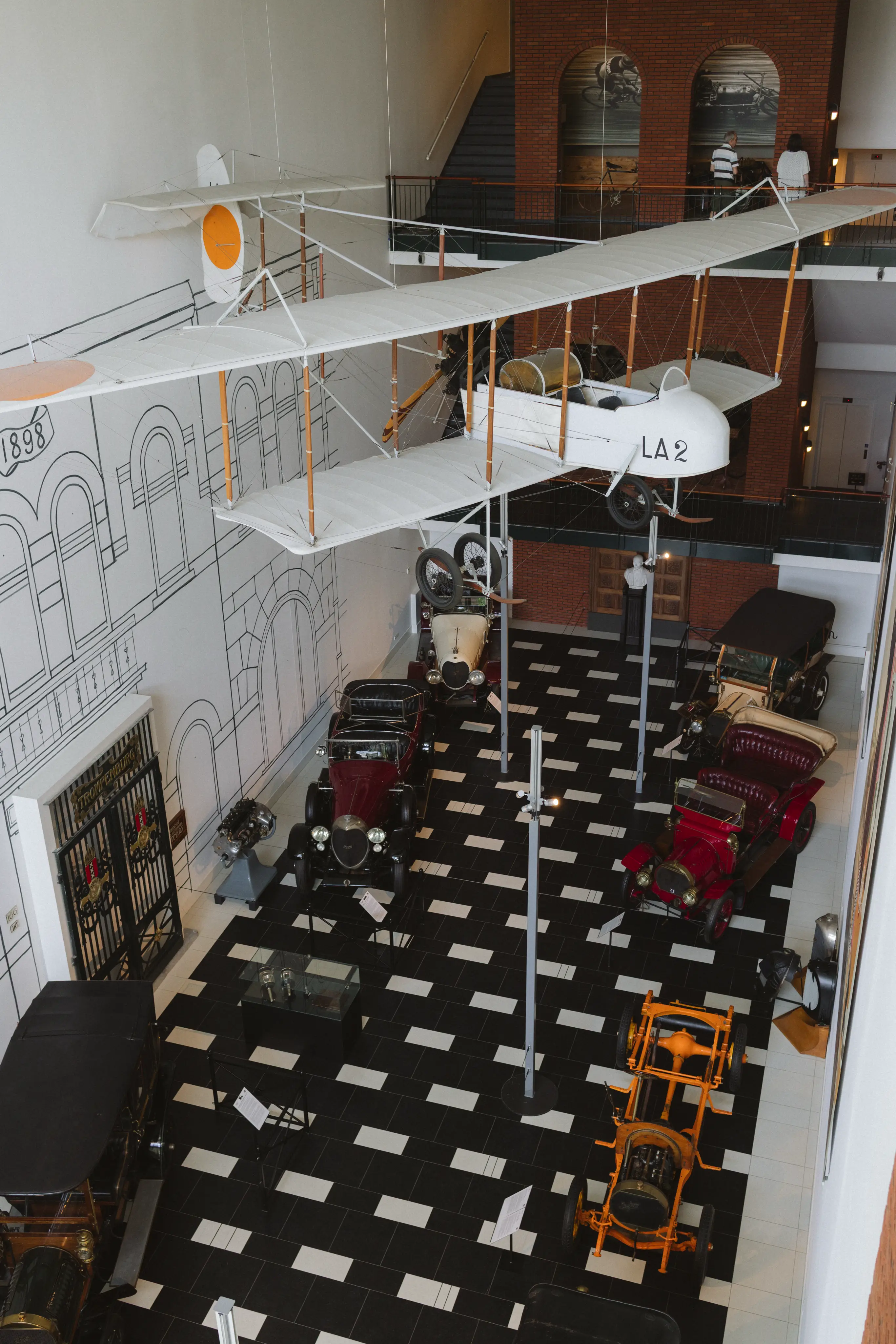














































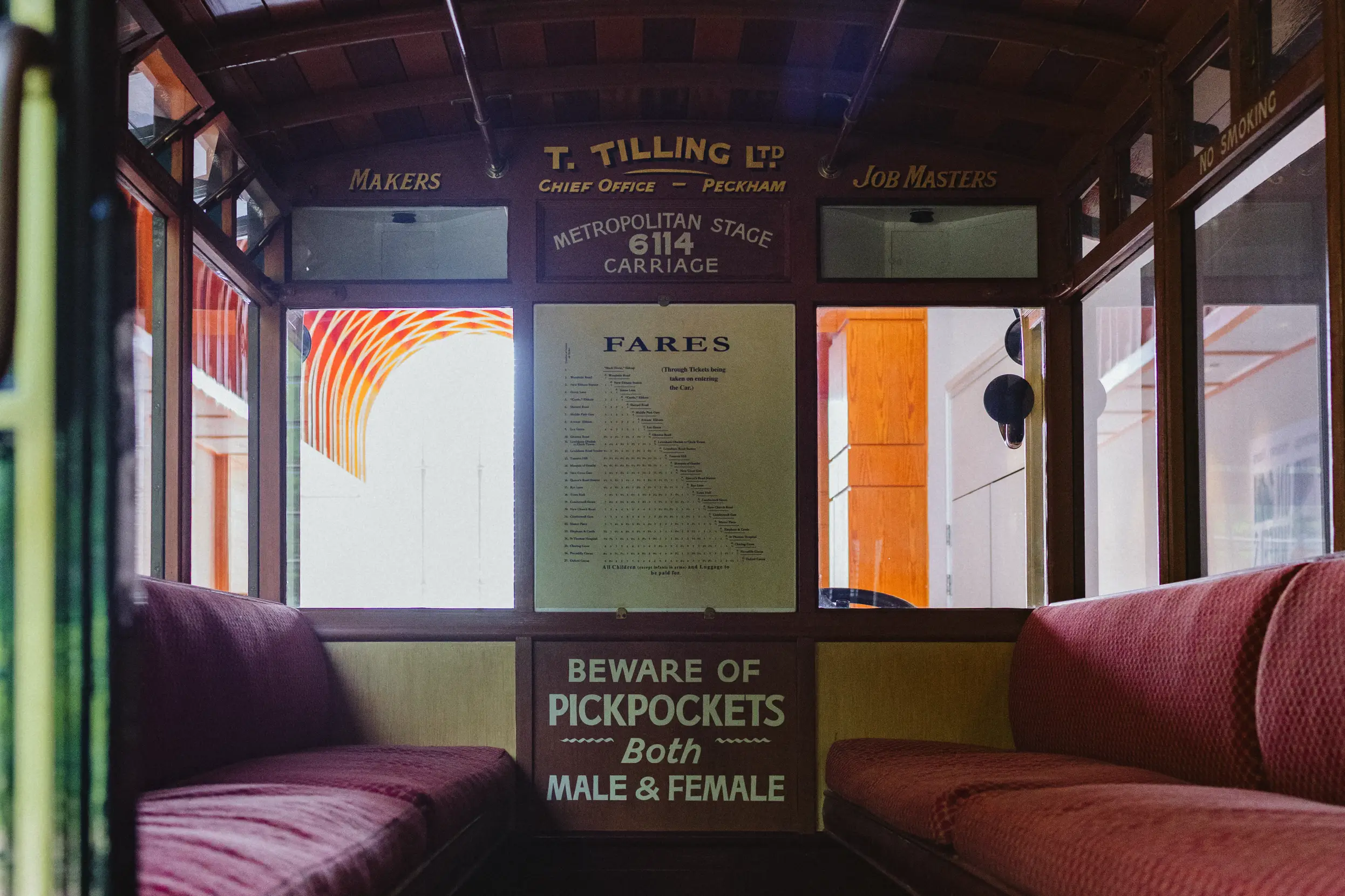

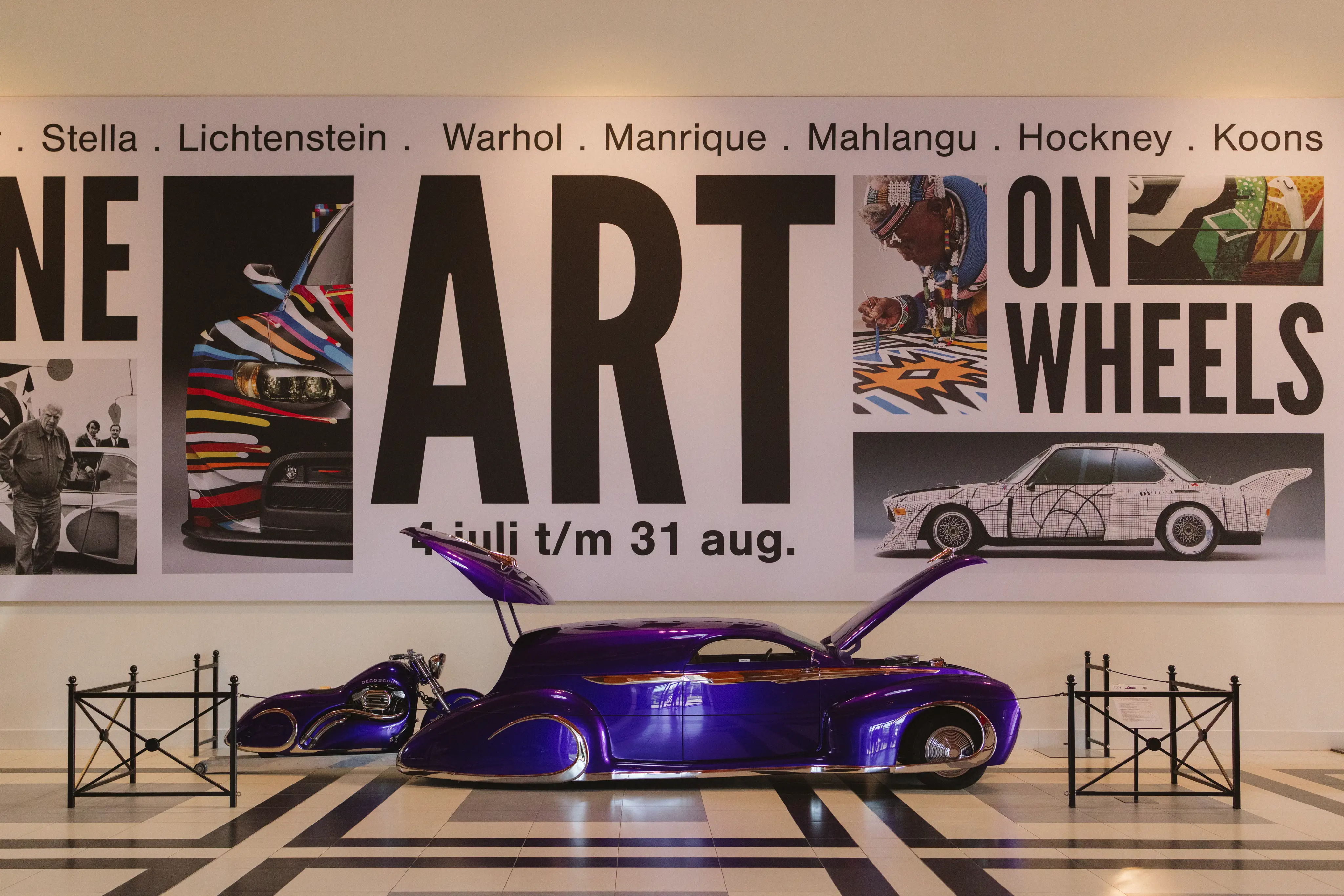

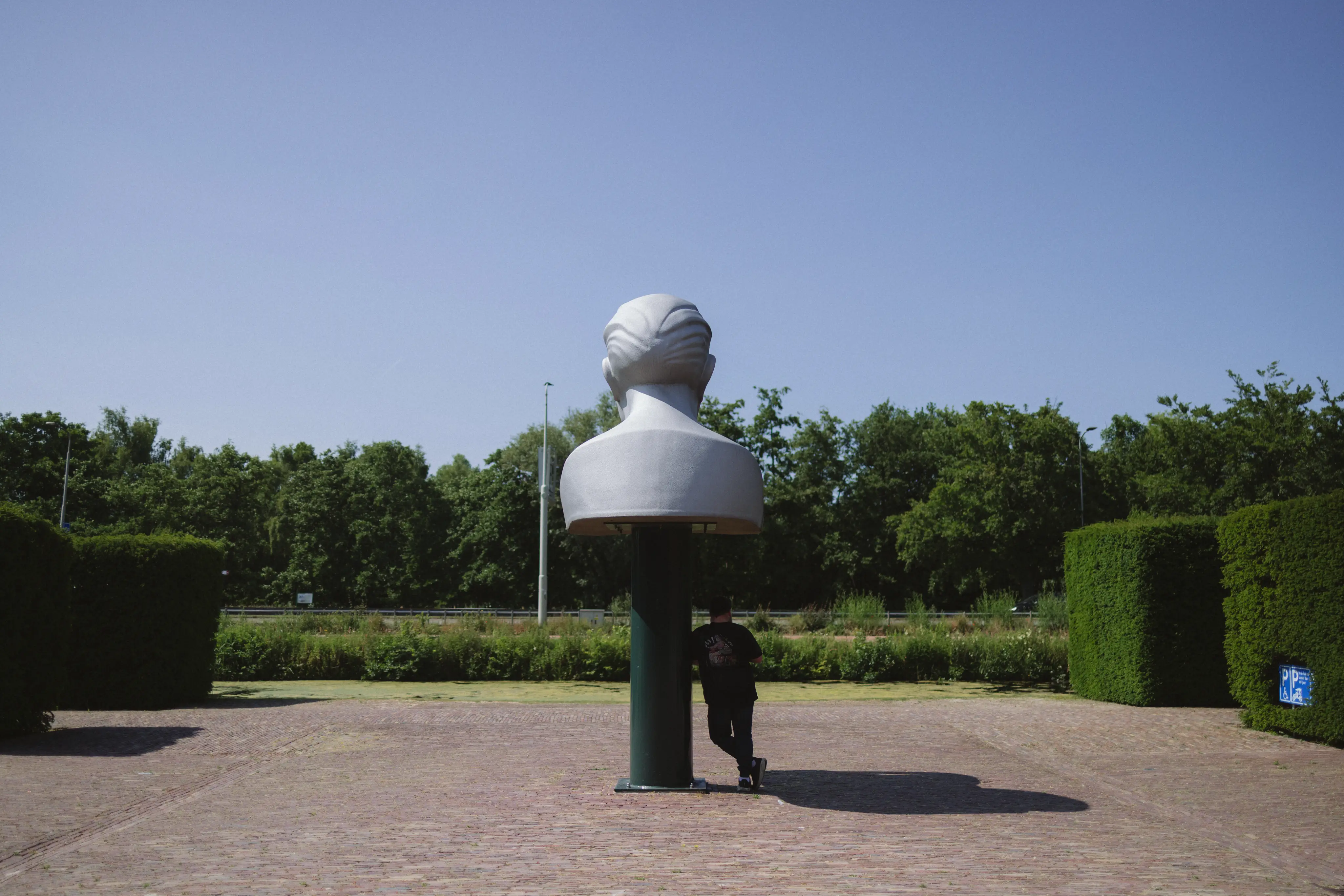
A car that pulled my attention, amongst an entire museum of cars that desperately screamed for my attention, was this Chinese manufactured car, the SH760A. The English sign reads:
The characteristics of old Mercedes-Benz sedans are very evident in this Chinese Shanghai. The lines of the roof and the doors were inspired by the Mercedes ‘Ponton’, a model of the 1950s. Yet this Chinese sedan was produced in the 1980s. The example on display came to the Louwman Museum straight from the factory in 1986 and is completely new. It shows zero mileage and the protective plastic still covers the upholstery. The Shanghai automobile company was established in 1958 and lasted until 1991. The SH760 model, fitted with a straight-six engine also derived from an old Mercedes, was used in China primarily as a taxi or limousine for minor officials of the Communist Party. After this model, Shanghai started assembling various Volkswagen models, including the popular Shanghai Santana.
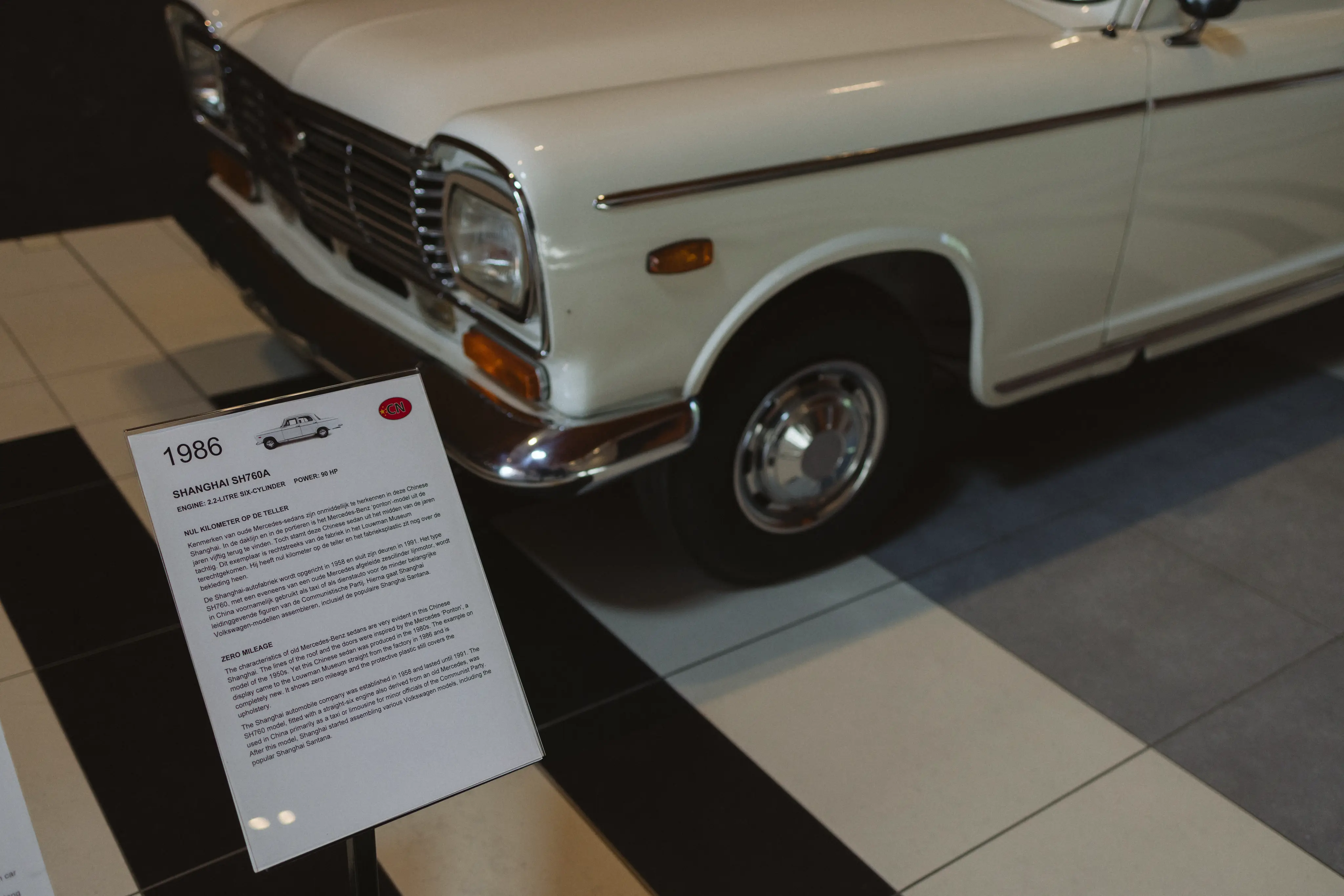
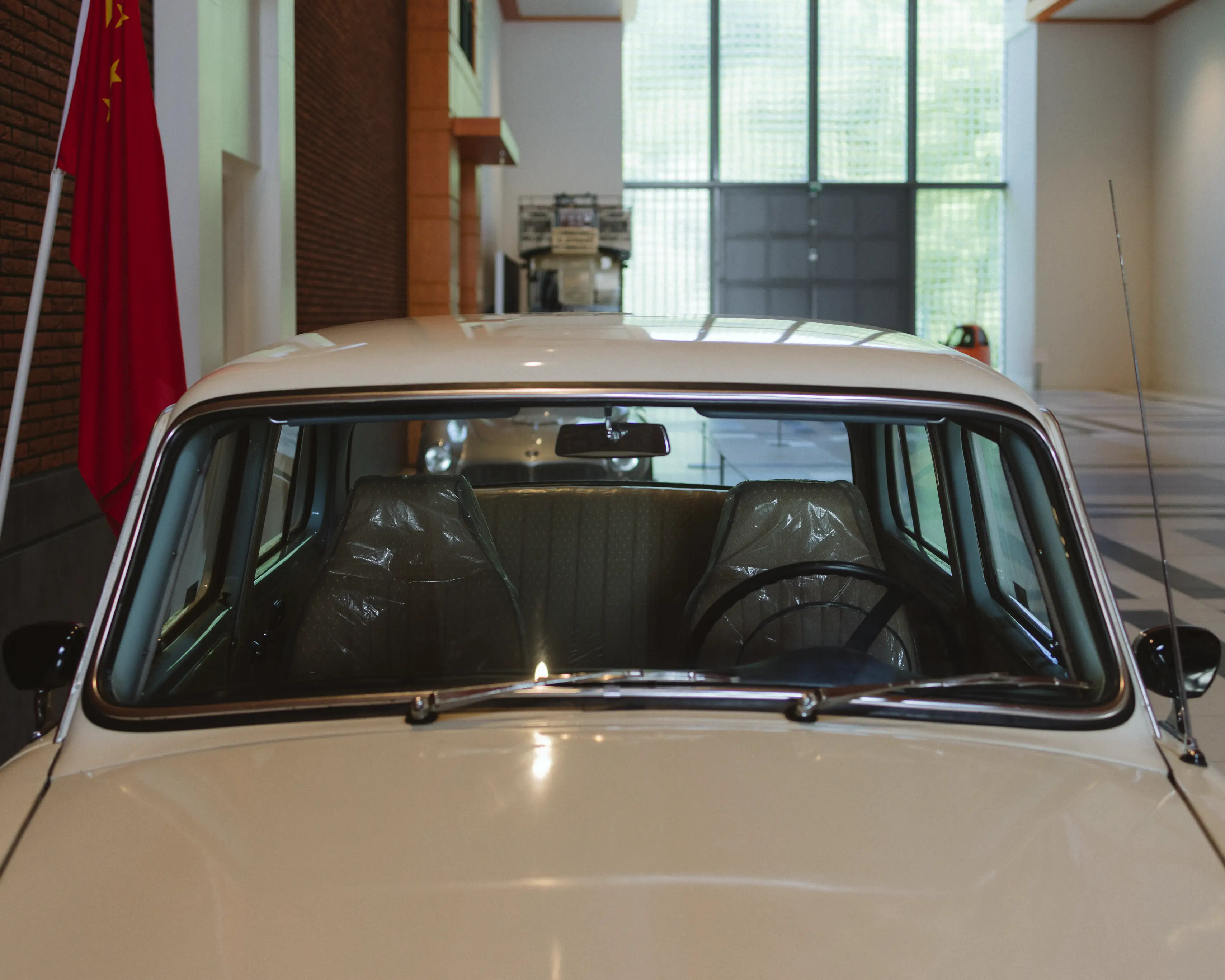



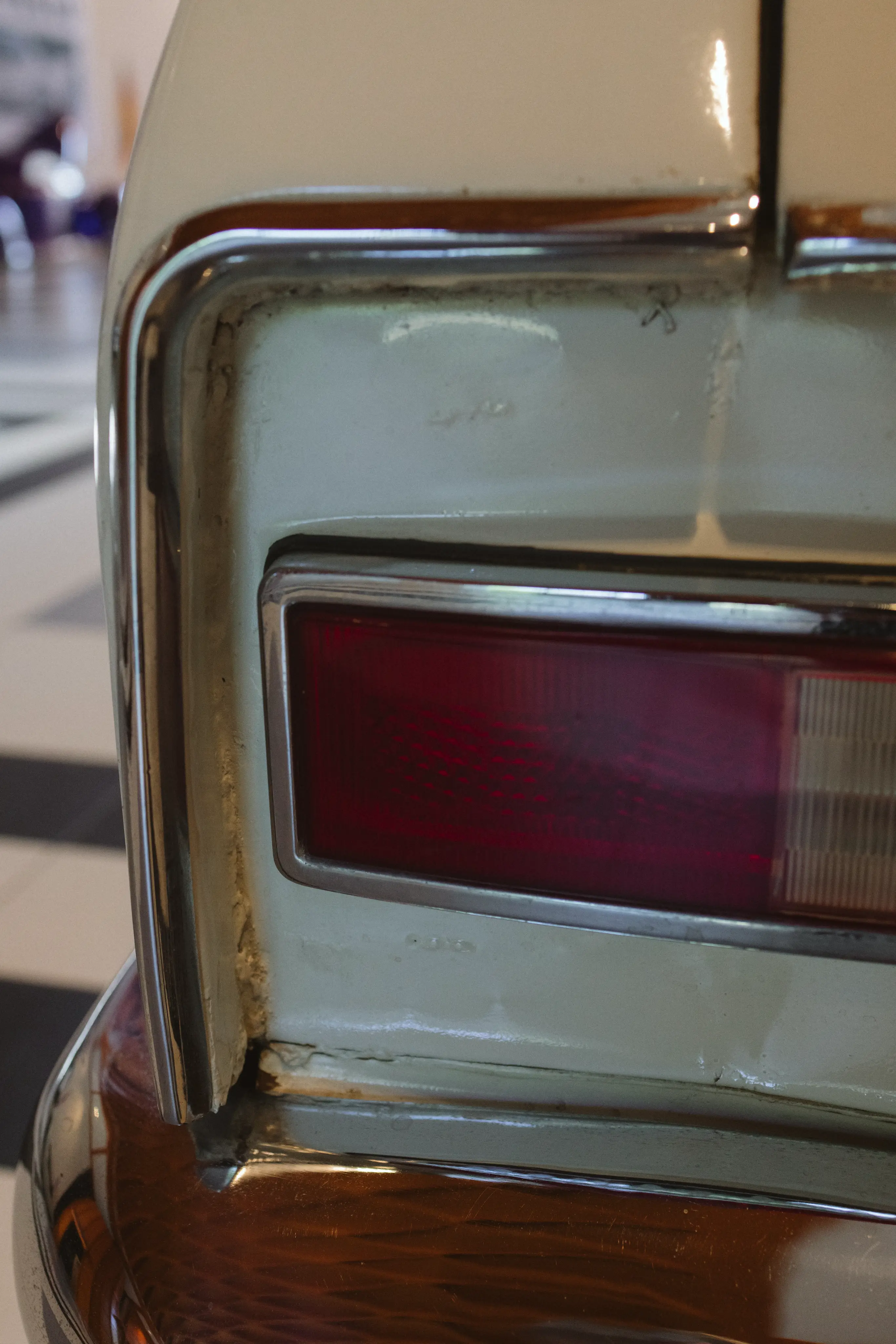


Apple iOS 26 Brings Flight Tracking to Your Lock Screen
Monday’s WWDC 2025 keynote event in California delivered plenty of excitement for tech enthusiasts, but it was a particular announcement about Apple Wallet that caught my attention as a frequent flyer. Apple is essentially “Sherlocking” one of the most - my most - beloved travel apps in the ecosystem, and I’m not entirely sure how I feel about it.
For those unfamiliar with the term, “Sherlocking” refers to Apple incorporating features from third-party apps directly into iOS, often making those apps redundant. The term comes from when Apple killed the popular Watson app by integrating similar features into macOS Sherlock.
This time, the target is Flighty, the award-winning flight tracking iPhone, iPad, and macOS app that’s become indispensable for many of us. I’d give up my American Express before I gave up Flighty.
What’s Coming in iOS 26
The headline iOS feature for travellers this year is flight tracking via Live Activities directly in Apple Wallet. Your boarding passes will now support real-time updates on your iPhone’s lock screen, showing arrival times, gate changes, delays, and other crucial flight information without needing to unlock your phone or open a separate app.
From Apple PR:
“In Apple Wallet, a refreshed boarding pass experience delivers rich, relevant information straight to users’ fingertips with Live Activities that offer real-time updates about their flights. For added convenience, users can also share their flight’s Live Activities so friends and family can stay up to date on their journeys.”
But Apple isn’t stopping there. The updated Wallet app will display relevant contextual information below your boarding pass, including Apple Maps directions to the appropriate airport terminal, quick access to Find My for baggage tracking, and other travel-related shortcuts. Maps is also getting comprehensive airport navigation with information about gates, security checkpoints, shops, baggage claim areas, restaurants, and restrooms.
Sound familiar? These are features that Flighty has been perfecting for years, and the app even won an Apple Design Award for its excellence. The irony isn’t lost on me.
Apple Wallet is becoming more powerful
It was 2012 when Apple first introduced what we now know as Apple Wallet, that is getting these new flight tracking features in September. Originally called Passbook, it launched with iOS 6 as Apple’s answer to digital tickets and passes. The concept was simple but revolutionary: store boarding passes, event tickets, loyalty cards, and coupons in one centralised location.
The app was renamed to Apple Wallet in 2015 with iOS 9, and its capabilities have steadily expanded. Today, it handles everything from boarding passes and concert tickets to credit cards for Apple Pay, student ID cards, and even car keys.
The newly announced iOS 26 software, which has been made available to developers this week, carries the new flight tracking features, but considering it is using the Wallet Kit framework, it would not be unlikely that this requires each airline to enable the features.
Australian frequent flyers will be familiar with how tardy our local airlines are with adopting modern operating system frameworks and technologies.
While we’re on Apple Wallet, many don’t know that it already includes a fantastic travel feature called Express Transit Mode that can make your travel experience smoother. In cities with compatible public transport systems like Brisbane, Hong Kong, London, Los Angeles, New York City, Paris, Singapore, Sydney, and Washington DC, you can set up Express Transit to automatically pay for trains, buses, and trams without Face ID, Touch ID, or even waking your iPhone.
Simply tap your phone on the reader and go. It works brilliantly in cities like London, Hong Kong, and increasingly in Australian cities where contactless payments are supported.
The Flighty Question
Flighty has carved out a devoted following in the travel community by doing one thing exceptionally well: flight tracking. The app doesn’t just show you flight status; it provides rich context, beautiful visualisations, and features like tracking friends’ flights, managing check-ins, and detailed flight history. It’s become the gold standard for flight tracking apps.
The concern for Flighty isn’t just about competition—it’s about existential threat. When Apple integrates similar functionality directly into the operating system, third-party apps often struggle to justify their existence. Why download and pay for Flighty when iOS does the basics for free?
However, there’s hope for apps like Flighty. Apple’s implementation, while convenient, will likely focus on core functionality rather than the rich feature set that makes dedicated apps special.
Flighty’s social features, detailed analytics, flight predictions, incoming aircraft monitoring, airport delay awareness, and sophisticated notification system probably aren’t going anywhere soon.
What This Means for Frequent Flyers
For us as travellers, these changes represent a win regardless of how the app ecosystem shakes out. Having flight information readily available on the lock screen eliminates friction from one of the most stressful parts of travel: staying informed about your flight status.
The airport navigation features in Maps could be particularly valuable. Anyone who’s wandered around Terminal 2 at Melbourne Airport looking for a decent coffee or frantically searching for the correct gate at Changi will appreciate having this information integrated into the Maps app they’re already using.
The integration with Find My for baggage tracking is also clever. While AirTags in luggage have become common practice among frequent flyers, having a direct link from your boarding pass to the Find My app streamlines the process of checking on your bags.
This move reflects Apple’s broader strategy of reducing friction in everyday digital interactions. By bringing more functionality into core iOS apps, Apple creates a more seamless experience for users while potentially reducing the number of third-party apps they need to manage.
From Apple’s perspective, this makes perfect sense. The company has been working to make Wallet the central hub for digital credentials and transactions. Adding flight tracking elevates Wallet from a simple digital wallet to a comprehensive travel companion.
The timing is also noteworthy. As travel continues rebounding to pre-pandemic levels, Apple is positioning iOS as the operating system that understands and anticipates travellers’ needs. Live Activities for flights, enhanced airport maps, and integrated baggage tracking create a compelling travel experience that’s hard to replicate on other platforms.
The first iOS 26 developer beta is available now, with a public beta expected next month and the full release coming later this year in our spring. For frequent flyers, this represents an interesting inflection point where our beloved third-party apps may need to evolve or risk obsolescence.
Flighty and similar apps will need to double down on their unique value propositions—the features that Apple is unlikely to replicate. This might mean more social features, better analytics, integration with loyalty programmes, or enhanced prediction capabilities.
For those of us who’ve relied on apps like Flighty, the transition period will be interesting to watch. Will the convenience of built-in flight tracking be enough to replace the rich feature sets we’ve grown accustomed to? Or will there be enough differentiation for both to coexist?
What’s certain is that iOS 26 will make flight tracking more accessible to the mainstream traveller. Features that were once the domain of dedicated travel apps will now be available to every iPhone user by default. Whether that’s a net positive for the travel app ecosystem remains to be seen, but for frequent flyers, it’s another step toward a more seamless travel experience.
The real test will be in the execution. Apple has a mixed track record with travel features, sometimes nailing the basics while missing the nuanced needs of frequent travellers. If iOS 26’s flight tracking captures even half of what makes Flighty special, it’ll be a win for anyone who spends significant time in airports and well worth the $75 odd Australian dollars a year.
When I’m due in Sydney in two hours, Flighty takes my anxiety away but software feature redundancy isn’t always a bad thing, nor are freebie features included on your default operating system, especially when your flight is delayed and you need information fast.
The Slow Death—and Occasional Resurrection—of Original Reporting
“Have ABC or the Courier-Mail run it yet?"
That was the standing order when I worked the CMS at 4BC radio.
No matter how solid the tip or tweet, nothing went live until a “bigger” outlet blessed it first. The policy didn’t just throttle scoops; it taught an entire shift of producers to become professional copy-pasters.
“Become a source for news lots of people want, and can’t find anywhere else.”
— Katie Drummond, Wired
Drummond’s line is a manifesto for a business model that most publishers have abandoned. Original digging is costly, slow, legally risky and—crucially—doesn’t scale with CPM ads. The result is churnalism: Google “DOGE agency” or “Siri delay” and you’ll find dozens of articles that quote one another, not the underlying documents.
Exhibit A — John Gruber’s Apple Intelligence mea culpa
“In the two decades I’ve been in this racket, I’ve never been angrier at myself for missing a story …”
— John Gruber, Daring Fireball
Every Apple Intelligence feature demoed at WWDC 2025 shipped; the ambitious, un-demoed “personalised Siri” suite didn’t. Gruber’s 6,000-word post—“Something Is Rotten in the State of Cupertino” (12 Mar 2025)—was a public flogging of his own blind spot. Why did the wider tech press whiff too? Because they were busy quoting one another’s ecstatic AI takes instead of checking developer seeds or asking engineers whether the code existed.
Exhibit B — Patrick McGee’s Apple in China
Financial Times veteran Patrick McGee handed in his manuscript in September 2024. Over the next eight months Apple’s China exposure collided with a fresh round of Trump tariffs, yet tech desks were glued to OpenAI press releases. When Apple in China finally dropped (13 May 2025), reviewers called it “prophetic”, but the reporting had been finished for almost a year. The scoop potential was there; the ad-driven incentive was not.
Exhibit C — Wired’s 62,000-subscriber spike
When Elon Musk took charge of the Department of Government Efficiency (DOGE) in January, Wired went all-in—“several stories a day, seven days a week,” as Drummond puts it.
“After a week, I looked around and said, ‘Where is everyone else? Why aren’t other news organisations covering this?’” Business Insider
The vacuum was so obvious, Wired signed 62,500 paying subscribers in two weeks. Readers literally paid to reward reporting nobody else bothered to do.
Why This Keeps Happening?
Cost pressure: Shrinking head-counts, wages not meeting inflation, senior staff not staying on the beat, freelance rates that don’t cover FOI fees | No budget for research or visits.
Ad-first metrics: Speed beats depth; SEO beats shoe-leather. Hot takes out-rank deep stories.
Litigation risk: Australia’s defamation law / US SLAPP threats chill stories. Editors spike anything without a spare legal war-chest.
Platform algorithms: Virality skews towards the same “shiny object” (right now: AI). Homogenised front pages.
I’m sure there’s other factors not even on my radar today including audience care-factor.
The Fallout
- Unsexy beats (local councils, supply chains) wither.
- Corporations spin unchecked because no reporter wants to be the lone sceptic.
- News ‘breaks’ via Police social media or emergency service press release.
- Audiences see identical copy across 12 sites and decide the press is “lazy”.
How We Fix It (a non-complete list)
- Fund the digging. Subscriptions aren’t charity; they’re R&D for democracy.
- Celebrate articles that wreck your priors. Surprise is the price of learning.
- Demand receipts. If a story leans entirely on “sources familiar”, ask for the paper trail, The Verge does this well.
- Back legal defence funds. Lawsuits stop more stories than lack of curiosity.
- Publish your changelog. Post the list: people spoken to, documents read, and known unknowns.
“If everyone’s writing the same story, there’s a story missing.” — David Carr
Let’s go find the missing ones.
How I create a ceremony
A music festival of one-hit wonders
Here’s my big idea for the day: A music festival of one-hit wonders.
No filler. No B-sides. Just back-to-back greatness.
A full festival, massive stadium PA system, but every song is only the one song you came for.
The band gets on stage, plays their one hit, then gets off stage.
My line-up for a One Hit Wonder Festival:
- Things of Stone and Wood – Happy Birthday Helen
- Bachelor Girl – Buses and Trains
- Lo-Tel – Teenager of the Year
- Amiel – Lovesong
- Gotye feat. Kimbra – Somebody That I Used to Know
- Nathaniel – You
- Orianthi – According to You
- Josh Abrahams feat. Amiel – Addicted to Bass
- Crazy Town – Butterfly (Epic will sub in for Shifty if needed)
- Len – Steal My Sunshine
- New Radicals – You Get What You Give
- Chumbawamba – Tubthumping
- Sir Mix-a-Lot – Baby Got Back
- Nena – 99 Luftballons (the German version only of course)
- Daniel Powter – Bad Day
- Toni Basil – Mickey
- Dexys Midnight Runners – Come On Eileen
- A Flock of Seagulls – I Ran (So Far Away)
- Southern Sons – Heart in Danger
- Blind Melon – No Rain
- Baz Luhrmann – Everybody’s Free (To Wear Sunscreen) - yes I am serious this would be amazing
- Vanessa Carlton – A Thousand Miles
- Right Said Fred – I’m Too Sexy
- The Buggles – Video Killed the Radio Star
- Rhubarb - Exerciser
🎟 One stadium. One song each. No fillers. Just pure one-hit-wonder gold from start to finish.
Make it happen, music industry.
I was asking for a Mac app recommendation from Claude but now I’m a Mac developer.
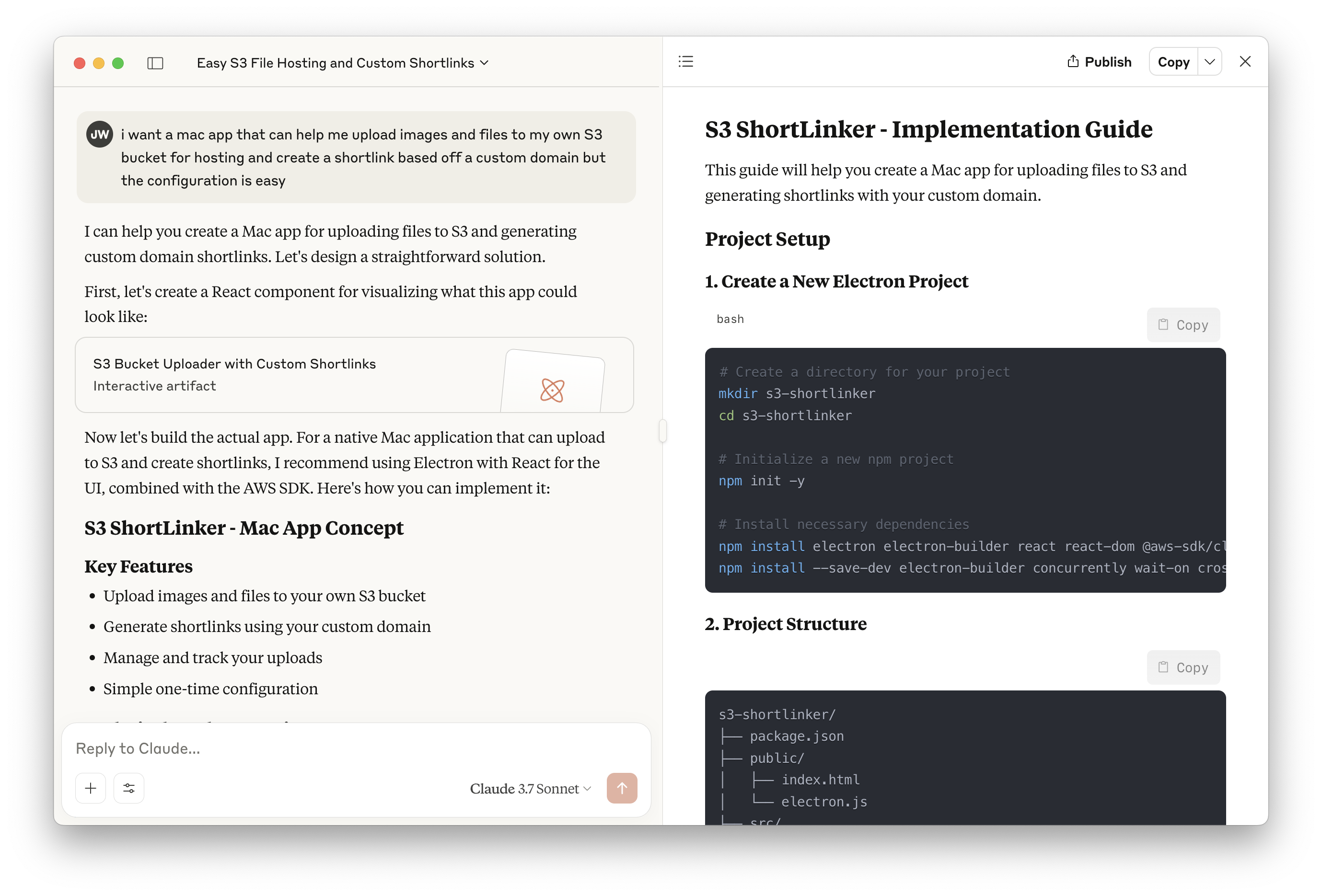
An ounce of originality is worth a pound of imitation.
– Orson Welles
There is only one thing worse than being imitated, and that is not being imitated.
– Coco Chanel
I sat next to a young honeymooning couple from Guatemala on my flight home to Tassie tonight.
They booked their entire Australia holiday based on ChatGPT planning their itinerary.
I added some local understanding to a few of the routes in Tassie they wanted, but it was a pretty good trip. Hamilton Island, Sydney, Tasmania, covering all their wants in the holiday.
If you haven’t figured out how AI is going to change your business or employment like it’s changing travel then you’re behind the eight ball.
I’d also love to have that conversation with you, particularly if you don’t know how ChatGPT figures out who and how to recommend what it recommends.
New blog post on my wedding celebrant website: The long and gradual cancellation of Josh Withers
The way we’re going here we’ll be on ICQ soon and I am here for it: Friendster is back.
My favourite Charles Bukowski quote is “The problem with the world is that the intelligent people are full of doubts and the stupid ones are full of confidence.” Mainly because when you share it, some people are too confident it’s about them.
Today’s another one of those weird days in the best and most beautiful, yet also so strange, wedding industry. Sometime in a few years over a beer remind me to tell you the story about the Tasmanian Wedding Directory
My only experiences with electric vehicles are in renting them, and I rent quite a few as I travel.
The out-of-home charging infrastructure is bad.
Three stories from today:
- I’m staying at my mother-in-law’s home in suburban Gold Coast and the nearest public charging infrastructure is a 15 minute drive away. It’s got two charging bays, each time I visit there’s a queue.
- I had a long drive today and needed to charge in Brisbane before the drive. I get fee Chargefox charging with my Sixt rental but the best located charging station was at a BP. The app - BP Pulse - is yet another horrible corporate app that forgets logins, doesn’t work well, and the third BP app I have on my phone. The working charger didn’t work, and the second was pre-identified as not working. So once the “working charger” had not charged the charging cable was locked and would not come out of the car. The BYD Atto’s manual is electronic and requires the car have internet access. There are three methods to manually unlock, it took me to the third method.
- Charging station locations on Apple Maps and Google Maps sucks. Tonight I wanted to charge at a certain charger and I started the journey in a no-service area so I used BYD in-built maps which don’t know about an exit that had changed so I missed the exit and almost ran out of battery because I couldn’t charge at the BP charger earlier. Further to that I’m now charging at a charger in Brisbane city that’s not on any mapping application but is in the Chargefox app, however in the app it’s across the road and a few hundred metres away and apparently in a construction yard.
It’s a weird time to be a travelling EV driver.
Modern man is in a terrible predicament. He is helplessly enamoured with the beauty of what the old world built, yet despises the beliefs that inspired them to build it.
